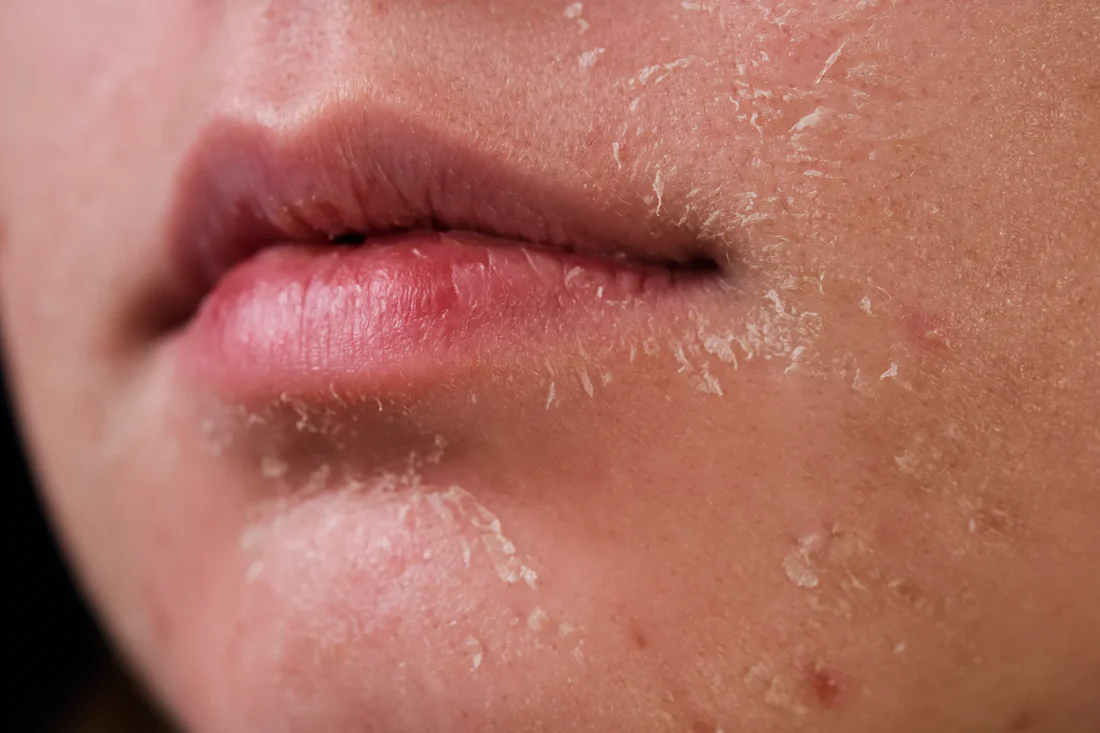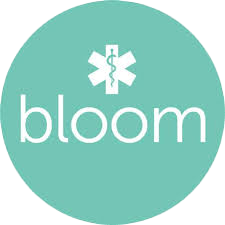
Describe Skin Cancer?
A dangerous disorder caused by aberrant cells developing in the skin is skin cancer.
Sort of Skin Cancer
Skin cancer mostly comes in three varieties:
Basal Cell Cancer
The most often occurring type is this one. It begins among the skin’s basal cells. It could seem like a shiny spot, a clear bump, a sore that bleeds and never heals, or a scar.
Squamish Cell Carcinoma
This kind begins in the skin’s squamous cells. It could show up as a flat sore, a hard bump, a scaly bump, or a wart-like development. One typically finds it on the face, neck, and ears.
Melanoma
Of all the types of skin cancer, this is the most lethal. It begins in the melanin-producing cells that define the color of skin. Though it can develop anywhere on the body, melanoma is most frequent in places exposed to a lot of sun.
Skin Cancer: Signs
Typical symptoms suggesting you should be evaluated for skin cancer include:
- Unusual freckles or moles
- Red or allergic skin lesions
- Sores not healing in four weeks
- Little slow-growing pink or red bumps
- Changing shape, size, or color skin marks
- Skin that itches, bleeds, develops crusts, or scabs for more than one month.
To help to detect skin cancer early on, doctors advise a yearly visit to a dermatologist.
Skin cancer’s Causes and Risk Factors
UV (ultraviolet) exposure is the primary cause of skin cancer, particularly in cases when sunburns or blisters result. Damage of UV radiation on DNA in skin cells causes cancerous development cancer skin peeling.
Skin cancer is something everyone can develop. Still, it’s more typical in:
- Those with fair skin, freckles, red or blonde hair, and light-colored eyes
- People that have past sunburn
- Individuals from sunny or high-altitude regions
- Those who tan in beds
- Individuals using drugs that compromises immune system strength
- Many moles people
- Those suffering with actinic keratosis, a skin disorder
- Those treating psoriasis or eczema using UV light therapy
Methods of Treating Skin Cancer
The degree of the malignancy determines the course of treatment. Should the malignancy be little and on the surface of the skin, a basic biopsy could be sufficient for removal. More severe situations might call for a team of cancer skin peeling experts.
Non-Invasive Cosmetic Cancer Treatments
Early stage therapies comprise:
- To kill cancer cells and strengthen the immune system, topical creams including Imiquimod
- Photodynamic and laser therapies are among light treatments.
- In curettage and electrodesiccation, the doctor scrapes off cancer cells then uses an electric needle to eliminate what’s left.
- Cryotherapy—where liquid nitrogen freezes and kills cancer cells
- Radiation treatment kills cancer cells using great energy.
- Immunotherapy, in which medication aids the body in cancer battle
Skin cancer surgery has several choices:
- Excisional surgery, whereby the malignancy is removed along with some surrounding skin
- Mohs surgery removes just the malignancy; the surrounding healthy tissue is not removed. This finds application in sensitive places like the face.
- Usually, these treatments are carried out under local anesthetic.
Avoiding Skin Cancer
UV radiation protection of your skin will help to reduce your danger. The following are some pointers:
- Use a broad-spectrum, water-resistant sunscreen with SPF 30 or higher. Apply it twenty minutes before leaving the house and again every two hours.
- Choose attire with UV protection.
- Get sunglasses that filter UVB and UVA rays.
- Shield your head, face, ears, and neck with a broad-brimmed hat.
- Steer clear of medications that increase your skin’s UV sensitivity.
- Stay under cover during the hottest part of the day.
- Refrain from using tanning beds.
- Apply SPF lip balms.
- Frequent skin checks can assist to identify early on cancer. Look for changes in your skin or fresh areas.
Lump in the Breast or Armpit
One of the most common signs of breast cancer is a lump in the breast or under the arm. Lumps may feel like a marble or a small bump under the skin. Some may feel more like a ridge.
They are often hard and may or may not hurt. Doing regular self-exams can help you spot lumps early. If you find one, call your doctor right away. Early diagnosis can lead to better outcomes.
Breast Dimpling
Dimpling on the breast skin may be a sign of invasive lobular carcinoma (ILC), a common type of breast cancer. It can be hard to tell dimpling from stretch marks, but any change in the skin should be looked at.
ILC is the second most common breast cancer after invasive ductal carcinoma (IDC), making up about 10% of cases. It starts in the milk-producing glands and can spread to nearby tissue. ILC is also harder to detect on mammograms. One in five women with ILC may have it in both breasts.
Nipple That Inverts or Changes Direction
If your nipple starts to turn inward or change direction, it could be a sign of breast cancer. Inverted nipples affect about 10 to 20 out of every 100 people. This can also happen with age or due to other harmless causes, but if it’s new or only affects one breast, have your doctor check it out.
The Wall Dermatology Breast Cancer High-Risk Programs
One in eight women will be diagnosed with breast cancer during their lifetime. But some women have a higher risk than others. Risk factors include:
- Family history of breast or ovarian cancer
- Gene mutations (BRCA1, BRCA2, RTPEN, TP53)
- Smoking
- Obesity
- Alcohol use
- Radiation therapy before age 30
- Hormone replacement therapy
- Pregnancy history
- Breastfeeding history
- Early or late menopause
- Lack of physical activity
- Breast tissue changes
- Age
Thanks to new technology in genetics and genomics, high-risk women now have better tools to lower their chances of getting breast cancer.
At Wall Dermatology, our High-Risk Breast Cancer Program offers personalized care for women who are concerned about their risk.
Move Right Now!
One can develop skin cancer anywhere. A little skin blebs might also become hazardous. Get frequent skin checks and shield yourself from UV light. To be cautious, learn the symptoms, forms, and causes of skin cancer.
Effective Treatment for Cancer Skin Peeling at Wall Dermatology
Protect your skin today with Wall Dermatology’s expert care. If you’re dealing with cancer skin peeling, our specialists provide personalized treatments for healing and prevention. Contact us now!











